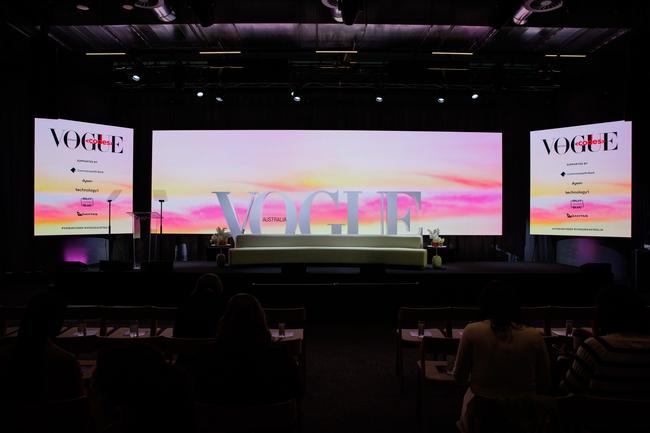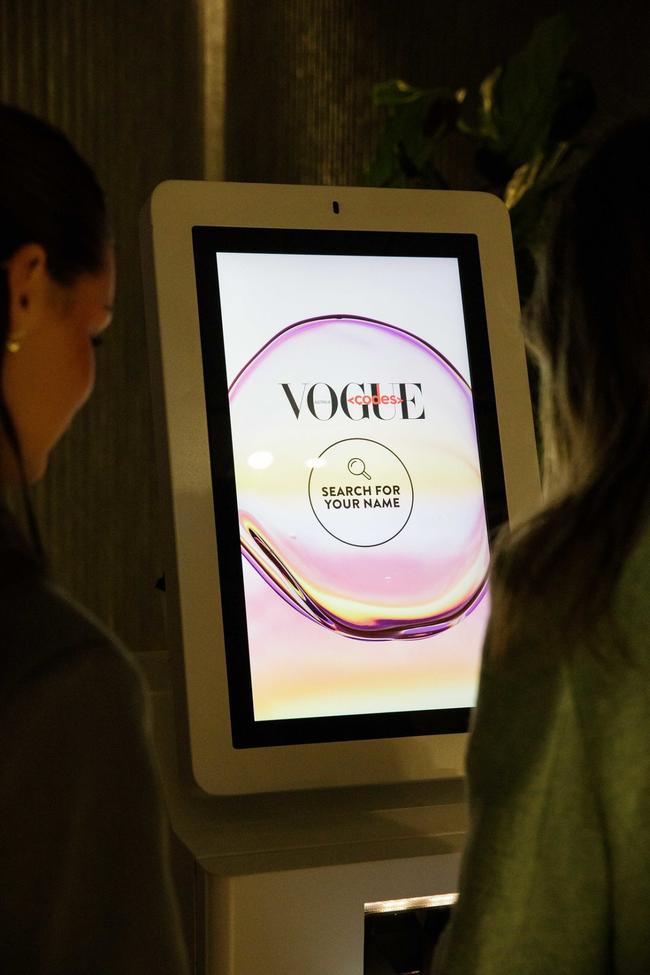On Saturday, the 14th of June, I attended Vogue Codes 2025 – an initiative by Vogue Australia to promote, encourage and recognise women’s participation and visibility in the STEM industries. A day that couldn’t be further removed from fashion, this year’s theme was “Powering Potential: The Tech Shaping Future Horizons”. It was a full-day conference, with multiple panel discussions and fireside chats with incredible women from varying fields, including healthcare, finance, academia, data and AI, to even the Australian Secret Intelligence Service (ASSI).
The Vogue Codes 2025 venue in Sydney, Australia
There were also numerous activations and pop-ups to explore during the scheduled breaks – a Dyson beauty bar to get your hair curled, an illustration station if you wanted to get your portrait drawn by renowned artist Felix Nankivell, and a Commbank booth where you could convert a selfie into a personalised keepsake using the powers of GEN AI. There was even a Messina and coffee cart from Techone if you were feeling peckish. Oh, and how could I forget, a $500 goodie bag, filled to the brim with makeup products, snacks, skincare and other such novelties.
Activations & pop-ups
In terms of the panels themselves, it was an (almost) all-female forum, which was very freeing. However, I felt that the discussions varied in terms of quality and depth of content. Often, the topics felt quite generic, something many would already have listened to on a TED Talk or other such podcast. The very first conversation was focused on “Fixing the Feminine Medicine Problem,” where female startup founders and a physician discussed fertility, the archaic tools used to monitor pregnancy, and the lack of advancement in proactive treatment and testing of endometriosis.
Although they highlighted just how limited the research is in understanding the female body and healthcare, I felt there was a missed opportunity to have a WoC for this particular talk, to provide her perspective on female healthcare, as our experiences are incomparable to those of a Caucasian woman. Both in the US and in Australia, black and Aboriginal and Torres Strait Islander women are three times more likely to suffer and die from pregnancy-related issues than their white counterparts. It would have been insightful to bring to light and question the system that allows for this disproportionate mortality.

